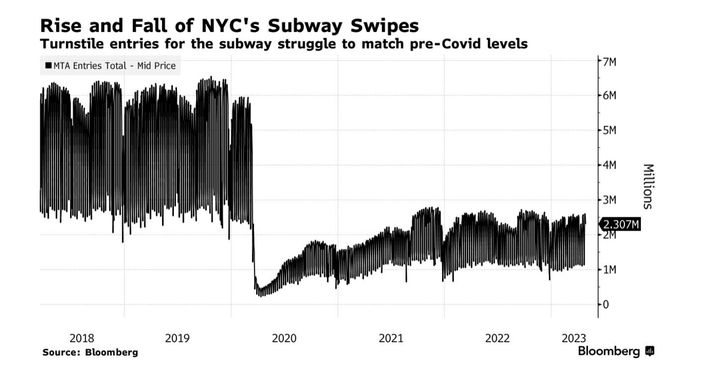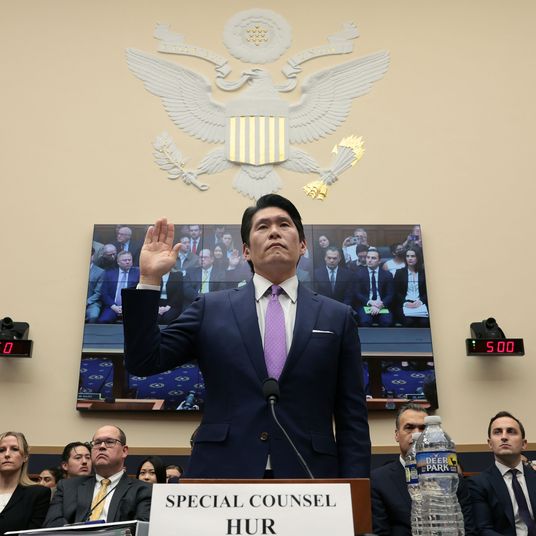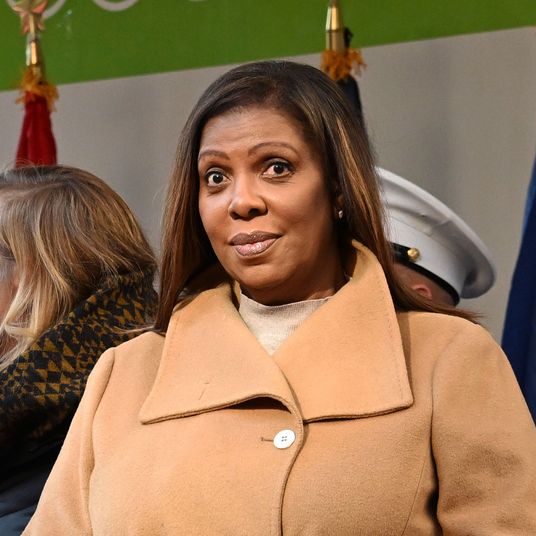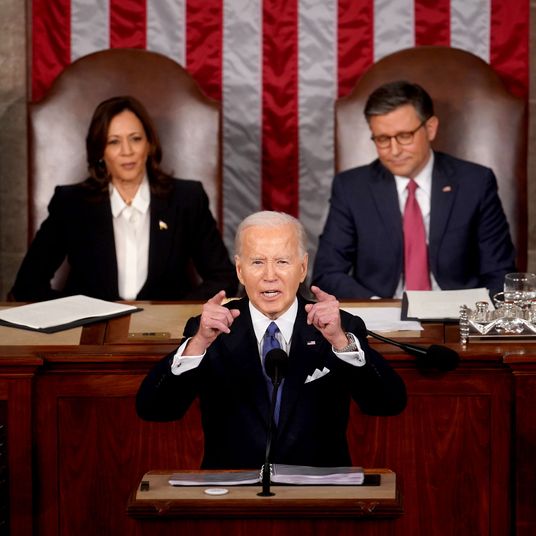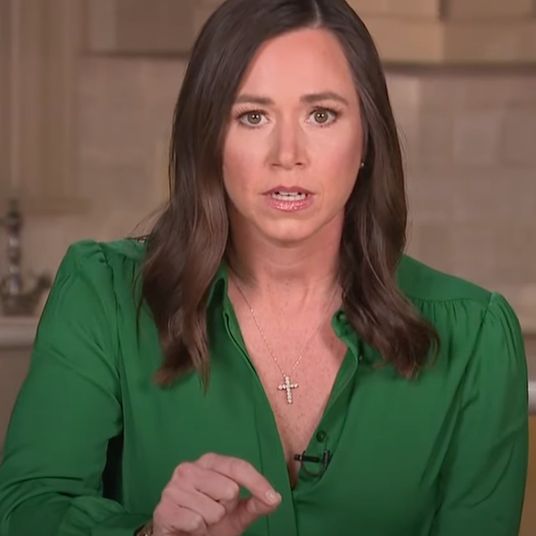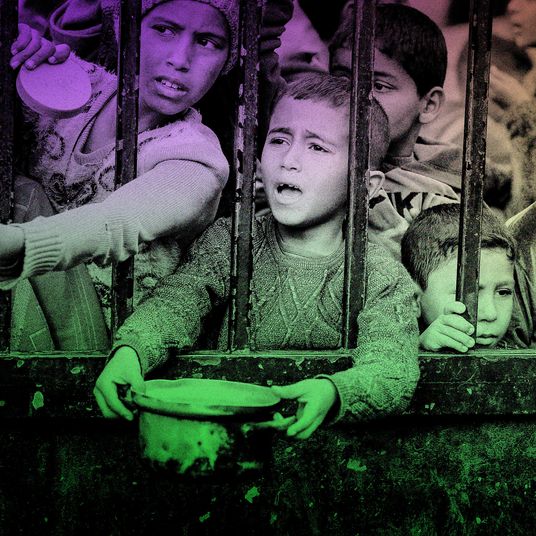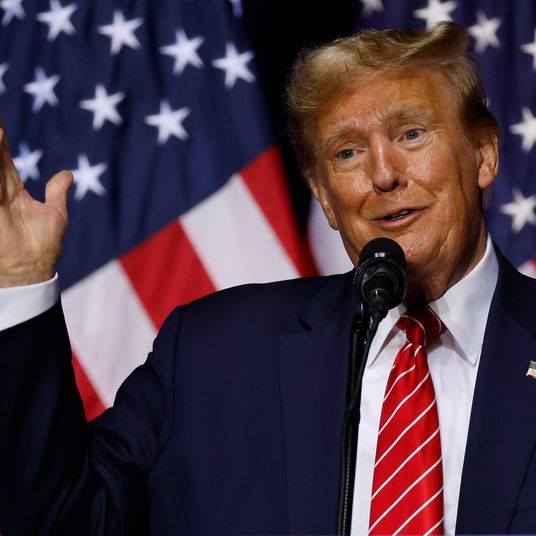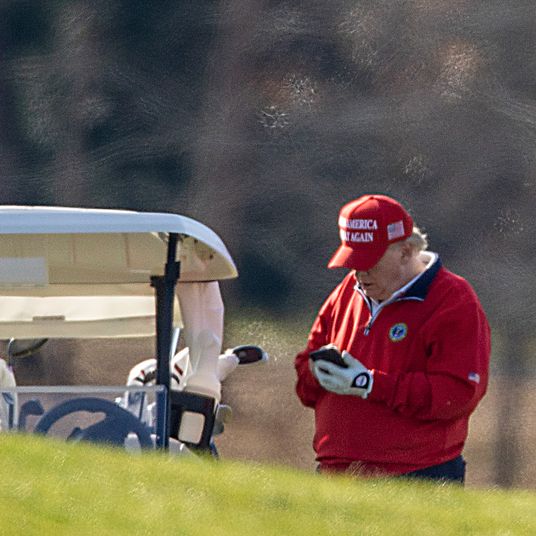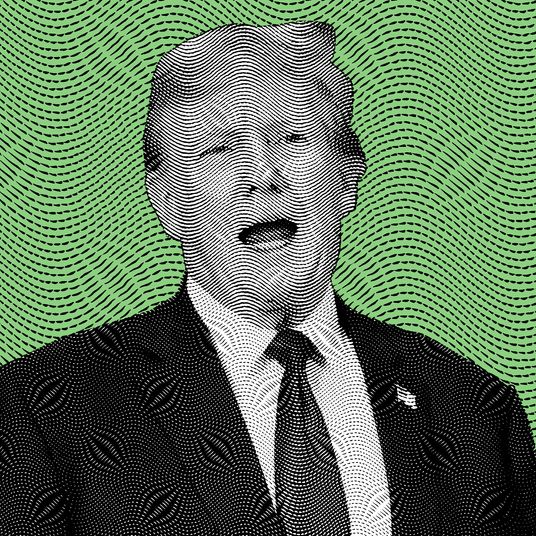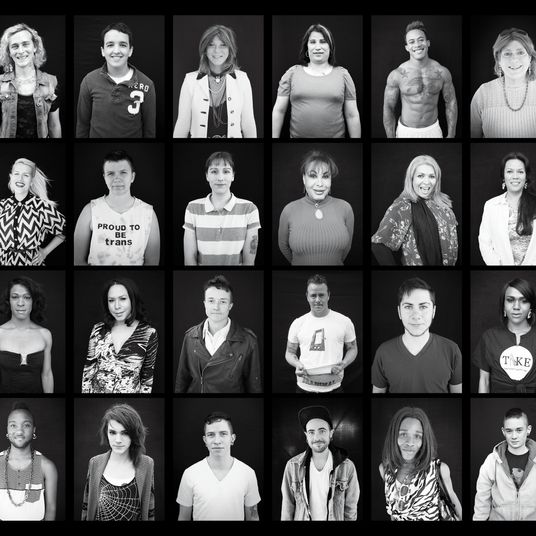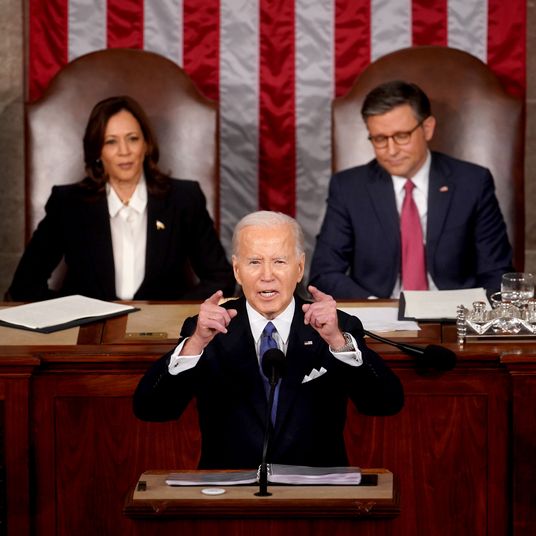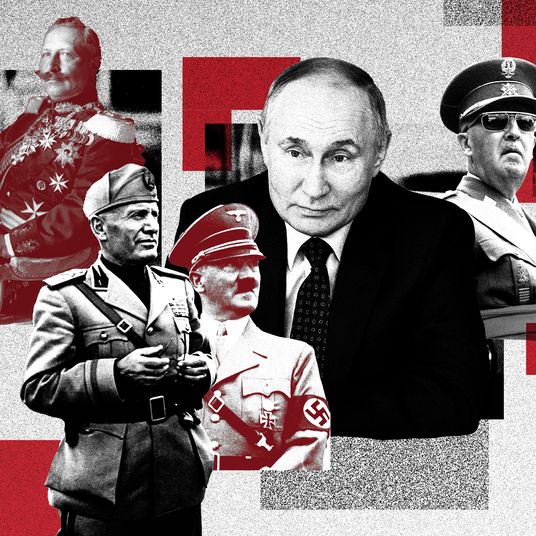America’s largest mass-transit systems are hurtling toward a doom spiral.
The pandemic chased riders from subways and buses; then the rise of remote work kept them away. Nationwide, ridership sits at about 70 percent of pre-pandemic levels. And that figure understates the financial peril facing the country’s premier systems. Smaller transit systems in car-centric cities primarily serve working-class constituents, who are less likely to work remotely. Such systems have therefore seen ridership bounce back relatively quickly.
Large systems like D.C.’s WMATA and San Francisco’s BART, by contrast, serve a broad, socioeconomically diverse constituency. In normal times, this enables them to provide comprehensive and (by U.S. standards) high-quality service. But it also means they rely on the patronage of white-collar workers for a high percentage of their revenue through fares. And that is not an optimal way to make money in the era of remote work: WMATA rail ridership is currently stuck at 50 percent of pre-pandemic levels, while BART’s sits at an abysmal 40 percent, a figure that reflects the system’s unique reliance on tech workers, who are especially likely to work from home.
Virtually every major transit system in the United States is similarly embattled. New York’s MTA does not expect to reach 80 percent of its pre-pandemic ridership until 2025. Boston’s MBTA hopes to get to 67 percent by July. Philadelphia’s SEPTA is stuck at 60 percent and Chicago’s CTA at a similar level.
To this point, COVID-era federal funds have masked the financial implications of collapsing ridership. Across its relief packages, Congress injected $69 billion into U.S. mass-transit systems. But now that money is running out. In 2024, D.C.’s WMATA is staring down a $738 million shortfall, Boston’s MBTA will see a $475 million one, and New York’s MTA will see a deficit of more than $1 billion (that figure would have been higher were it not for the recent passage of state aid). BART’s deficit will hit $340 million by 2027, and systems in Chicago and Philadelphia are anticipating similar numbers.
If states and municipalities don’t find the funds necessary to plug these gaps, transit systems will enter a vicious cycle of decline. Scant funds will force agencies to shorten operating hours, run trains at wider intervals, close less utilized stations, and/or skimp on maintenance and upgrades. Less frequent, lower-quality service will nudge more riders into cars, further depressing revenues and leading to even more infrequent and lower-quality service.
Such a scenario would obviously harm the millions of Americans who rely on subways and buses for transport. But the reverberations of a mass-transit collapse would also be felt by the country’s car-driving majority. Urban centers would grow more clogged with traffic as more commuters get behind the wheel. This would increase both air pollution and carbon emissions in metro areas. Indeed, a widespread shift away from mass transit and toward cars is antithetical to combating climate change. A bus that runs on diesel produces fewer emissions per passenger mile than an electric car. Further, to the extent that broken transit systems render urban life less appealing, the looming crisis could push residents out of dense city centers and into sprawling exurbs. Given that a household in an urban core typically has a carbon footprint that’s 50 percent smaller than one in a distant suburb, this too would undermine the decarbonization of the economy.
The mass-transit crisis is not inevitable. The rise of remote work may well change the country’s transportation needs, potentially for the better (more people working from home means fewer commutes, which means fewer emissions). But it doesn’t follow that we simply do not need mass transit as much as we did before the pandemic. Remote work has done little to bring down housing costs in our major cities, a fact that testifies to resiliently high demand for urban living. If municipalities expanded their housing stock through direct investment and zoning reform, they would see population increases that would in turn boost transit ridership. And remote work could actually make that task easier by facilitating the conversion of downtown office buildings into apartments.
At the same time, if public policy did more to price the costs that personal vehicles impose on the environment and urban infrastructure, the relative appeal of mass transit would grow. New York City’s impending congestion pricing provides one model for doing this.
If mass-transit systems are going to survive the turbulence created by a sudden shift in white-collar workers’ commuting habits, however, they are going to need infusions of state funding. As David Zipper persuasively argues in Vox, building political will for such investments will require transit advocates to emphasize the benefits that high-functioning transit systems offer to the majority of voters who never use them. These include less traffic, cleaner air, a more stable climate, and greater economic growth.
Those benefits all stem from mass transit’s capacity to lure people out of cars. To optimize that function, transit agencies need to focus on slashing trip times and increasing reliability. When people decide whether to take mass transit or a car, speed is the dominant consideration. Fast trains that always run on time are simply a more convenient means of navigating an urban core than taxis are.
Even if advocates manage to secure new funding streams, budgets are liable to be tight in the near future. Ensuring that transit systems excel at their core function amid financial scarcity will require prioritizing speed and reliability over capital-intensive expansions or experiments with “fare-free” trains and buses.
In recent years, some progressives have called for mass transit to be free at the point of service and funded entirely through tax revenue. In the present context, however, this would ensure that transit systems run right off their fiscal cliffs. Cutting the price of a New York City subway fare from $2.75 to $0 would not dramatically increase ridership; commuters who have the option of taking a car or a taxi are not sensitive to cost. Ending fares would therefore decimate revenue without massively increasing the political constituency for direct funding, a reality that would make fully replacing lost fare revenue with tax dollars difficult.
Furthermore, surveys suggest that low-income transit users would prefer better service to lower fares. Even if it were possible to increase direct subsidies for transit systems by far more than is already necessary, maintaining fare revenue would enable systems to further expand and improve service. From the standpoint of decarbonization, larger high-performing systems that charge fares are preferable to smaller lower-performing systems that don’t. Equity concerns can be addressed separately through fare subsidies for low-income riders — or through fiscal transfers and labor policies that more equitably distribute income in the first place.
The rise of remote work can ultimately benefit workers, cities, and the climate alike. Fewer commuters make for less traffic on the streets and less carbon in the atmosphere. But in the immediate term, the work-from-home revolution threatens to unravel public services that are indispensable to urban life and ecological sustainability. Policymakers must help mass-transit systems circumvent their looming financial woes or the green transition won’t get us where we need to go on time.


